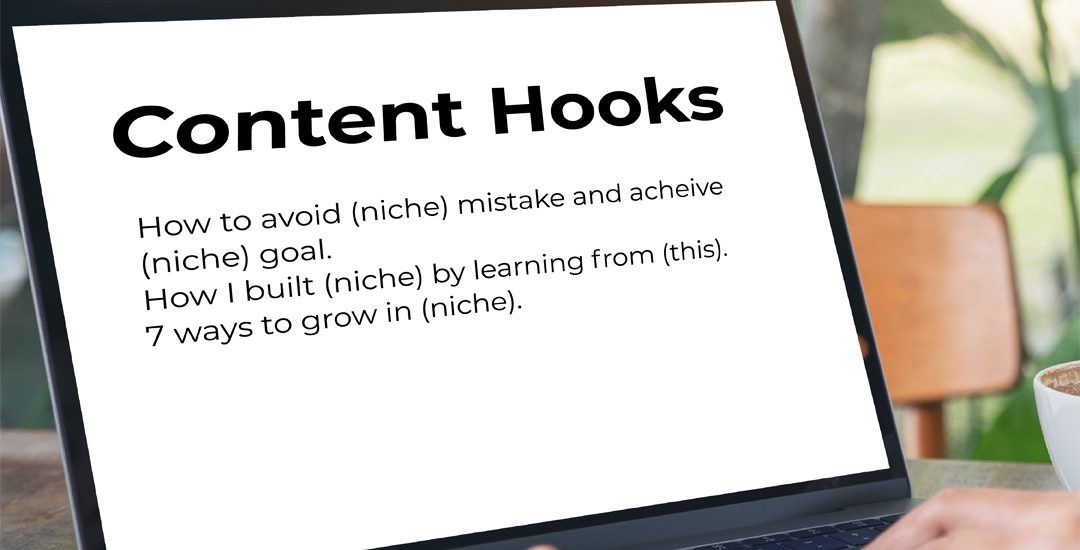You never get a second chance to make a first impression—and in blog writing, your first impression is your content hook. It’s the sentence (or two) that sits at the bottom of a press release or at the end of a paragraph that makes readers stop or skedaddle. The online space is a loud and crowded place. So how can you make your blog stand out from the scroll?
It all starts with great introduction lines.
Let’s go deep into the art and strategy of crafting great intro hooks for your audience, see content hook examples, and learn how to integrate your opening lines into your overall blog content strategy for a ride from start to end.
Why Content Hooks Matter
Let’s say you’ve spent hours creating a thought-provoking article on Content Marketing Strategies or a well-researched business strategy blog. But once readers arrive, they bounce in seconds. Why?
Because your hook didn’t hook.
A solid content hook is the headline of a movie trailer — it offers a hint of what’s coming but creates intrigue. It’s what makes your readers believe spending the next five minutes reading your blog will be well worth their time.
What Makes a Hook... Hook?
But before we dive into the examples of content hooks, let’s dissect the anatomy of a good hook:
- It’s specific:Vague doesn’t sell. “Improve your blog” is flat. ’ Double your blog traffic in 14 days” generates interest.
- It’s emotional: Surprise, fear, humor or curiosity all fit the bill.
- It offers value: As opposed to fluff. Your reader should experience the sensation that they are “going to get something.”
It sounds like you: A dull tone is not going to make you competitive even with a great idea.
Types of Interesting Hooks (With Examples)
A few tried and true hooks types that are sure to make your story irresistible include:
- Ask a Bold Question
What if your little blog could be your #1 lead generating machine by next month?
Question: This is the kind of question that tempts readers to think differently and wonder why.
- Drop a Surprising Fact or Statistic
“More than 60% of content does not obtain even one view. Did you ever wonder why yours might be one of them?”
This strategy wakes readers up and causes them to notice. And it’s also very useful for a business strategy blog that wants to substantiate its claims with data.
- Paint a Vivid Scene
“It’s 2 AM. You’ve written and rewritten your blog intro five times, and it still feels… flat.”
This method breathes life into a scene, and makes readers feel understood. It’s emotional, relatable and absorbing.
- Tell a Micro Story
“I spent 10 minutes writing a blog intro last week —— and got 2,000 views in 24 hours.
We are all storytellers by nature. A dash of wit or a slice-of-life tangent adds instant humanity to your blog strategy.
Aligning Hooks with Your Content Goals
Your content writing service or your in-house team can generate so much fresh content, but if they don’t craft those intros smartly, you’re letting your traffic and engagement go to waste.
Here’s how you can ensure your blog content strategy lines up with your hook:
- Map your hook back to the blog’s biggest takeaway. If you are promising in your first line to get to a bottom line — as you are in a newspaper — your blog had better deliver that bottom line.
- Use hooks to help your audience, not your ego. Don’t show off your knowledge, use it to give value.
Hook with an irresistible headline. If the title is dull, a heart-stirring intro will never get read.
Incorporating Hooks into Your Content Services
If you provide content services or run content writing services, training your team to lead with hooks is an absolute must. Maybe think about creating an in-house swipe file of your best blog introductions. Add reviewing hook performance to your blog audits.
Even if your’e a solo blogger or startup marketer, developing a habit of mindful hooks can transform your content marketing tactics overnight.
Hook Writing: A Repeatable Framework
So here’s a basic outline you can start using when crafting your next blog intro:
HOOK → INSIGHT → VALUE PROMISE.
Let’s break it down:
- HOOK: Begin with one of the strategies above (question, official, micro-story, etc.).
- INSIGHT: Prompt: Provide one line of perspective from an expert or why this matters.
- VALUE PROMISE: Explain what your readers will learn from reading the rest.
Example:
What if re-writing your intro could triple your blog engagement? Most content doesn’t fail at being good. It fails at being seen. In this article, we will teach you how to create magnetic content hooks that instantly captivate readers, and keep them hanging on.”
See how everything flows?
Final Thoughts
As you’ll see (if you haven’t already), writing compelling hooks for your content is not a “trick” — in fact, it forms the backbone of a strategic blog. Whether you are running a cold-outreach campaign, guest posting or producing content for your own site, the make or break point of your networking approach is at the very first sentence of your article.
Don’t overthink, but do test, iterate and study what works. Importantly your intuition will become sharper and your intros will transform into magnets over time.
So the next time you sit down to write, consider it:
“Do I have a strong first line that will stop the scroll?”
Make your content hooks scream, so your headlines don’t have to. Begin with the small stuff, stick with it, and you’ll see your blogs start to reach more people and become more relevant.
If you want to work on turning ideas into engaging intros, hire professional content writing services that know storytelling’s science and soul.
Of course, in today’s overcrowded digital world, first lines are no longer lines; they’re sentences.
They’re lifelines.




